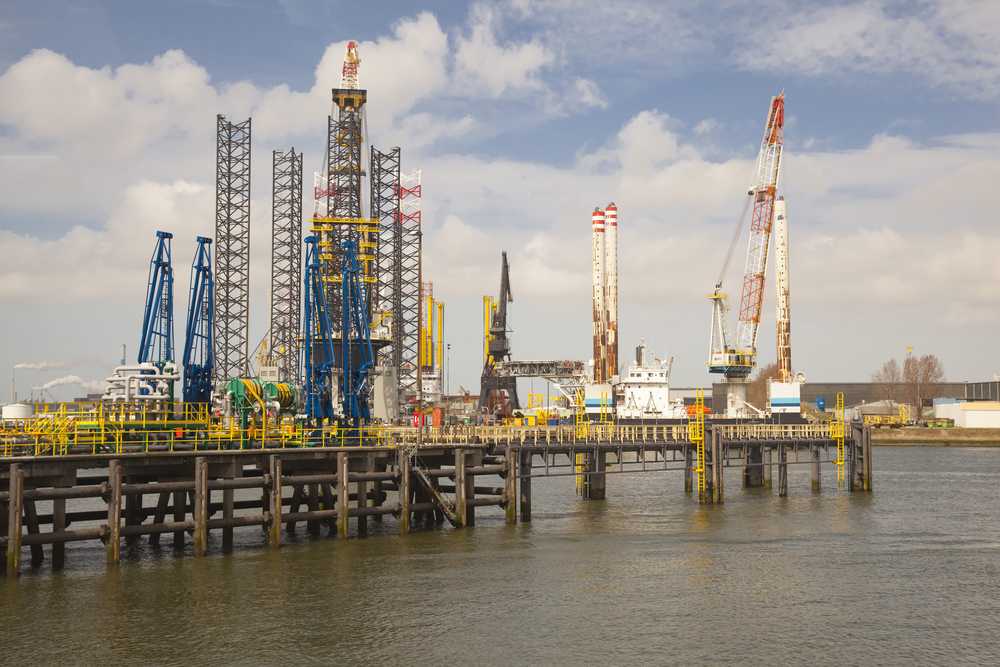

| WBIF | Grant | WB5-HR-ENE-01 | € 1,000,000 |
| WBIF | Grant | WB5-HR-ENE-02 | € 180,000 |
| Croatian State Budget | Own Contribution | € 100,000,000 | |
| Connecting Europe Facility (EU) | External Grant | € 101,400,000 | |
| LNG Terminal Company Shareholders | Other Sources | € 32,200,000 | |
| Total | € 234,780,000 | ||
| Total Grants | € 1,180,000 | ||
| Total Loans | € 0 | ||
The geographic position of the Republic of Croatia gives good access to the Central Europe Gas Hub (CEGH) based at Baumgarten in Austria that, in turn, provides excellent access to the markets of Central and Western Europe - Austria, Slovenia, Hungary, Slovakia, and Czech Republic - as well as Western Balkan countries - Serbia, Bosnia and Herzegovina, Montenegro, etc. Potential key users of LNG are the countries in the region and their demands have defined the size and design of the terminal. Because of this large potential hinterland the quantities of natural gas, which will be delivered into the gas transmission system through the LNG facility, have been estimated to increase from one billion cubic metres (bcm) to six bcm per year in the first six years of operation.
There are various options for the development of an LNG terminal:
The LNG terminal is intended to be constructed in three phases. Phase 1 which will cover capacities up to 1 bcm will be either an LNG regasification vessel and a floating storage unit or a complete FSRU (floating, storage and regasification unit). In Phase 2, which would cover capacities up to 4 bcm, the regasification units would be moved onshore and only a floating storage unit will be offshore. In Phase 3, covering capacities up to 6 bcm, the storage unit would be constructed onshore and the LNG terminal would be fully developed.
The WBIF has provided a €1 million EU grant to assist with the preparation of the feasibility study, including the environmental impact assessment, and preliminary designs. The study was completed by the Infrastructure Project Facility 2 in June 2014. In addition to the LNG terminal, the WBIF grant was used to evaluate the gas pipeline connection from the terminal to the Croatian gas network. A conceptual solution and a market study were prepared.